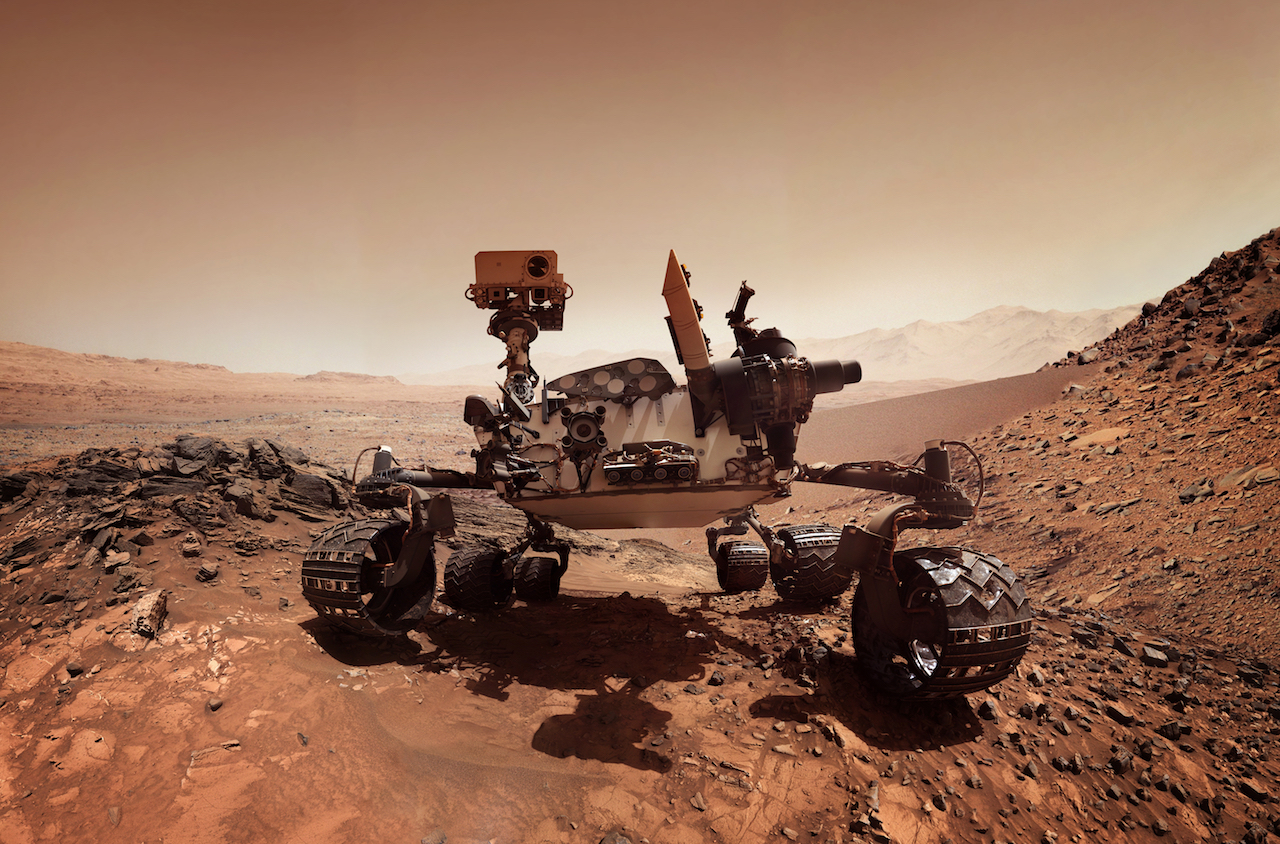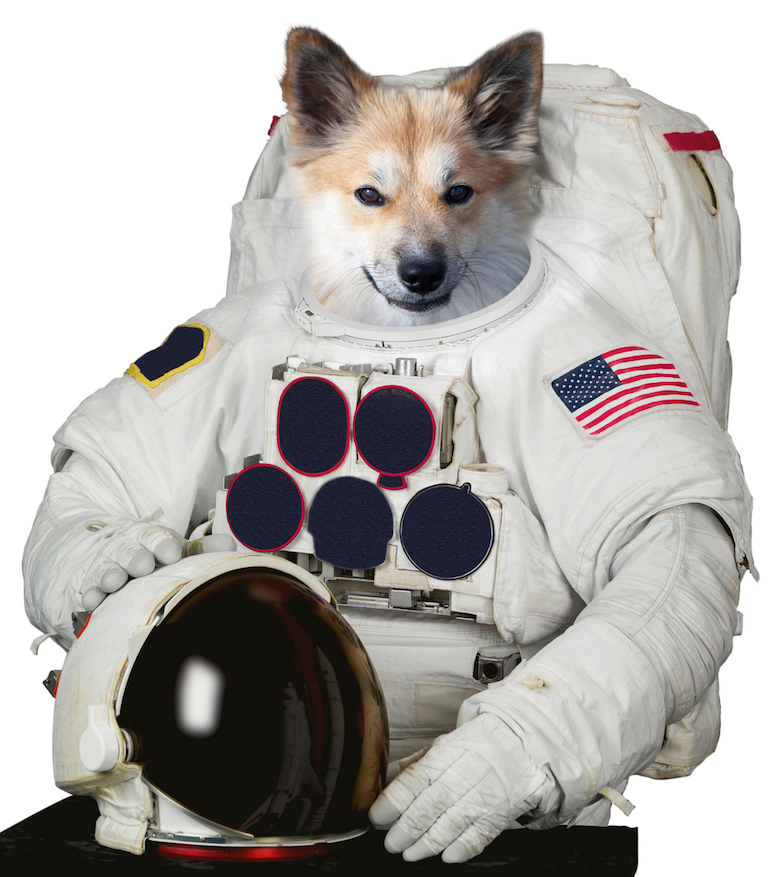Stardog is part of NASA’s mission to Mars and we couldn’t be prouder of that. In this post I’ll explain some of the how and the why.

Aerospace Engineering is Hard
Aerospace orgs in the public and private sectors overlap many disciplines: large-scale software and hardware engineering, manufacturing, logistics, safety, and operations. All of these have datasets that intersect, and each dataset may have tens to hundreds of thousands of objects.
In NASA’s Mars mission planning, within the systems engineering dataset alone, a single requirement may have 50,000 children in its verification and validation hierarchy. Many PLM, PDM, and other specialized systems face challenges in understanding one data set, let alone the unification of all of them.
The need for a knowledge graph to answer questions about this data is undeniable. Without it millions of dollars get spent as engineers manually sift through data to find, integrate, qualify, and report on complex relationships. Every question becomes a new study, fire drill, or project to make an assessment.
So why is this stuff so hard? Because everything is connected to everything else, which makes the costs and risks of change very high.
Context matters.
Knowledge Graph to the Rescue
All day NASA engineers ask questions like this:
If we change this sensor, what is the impact to telemetry? Verification and Validation? Test, check out, and operations? Operational nomenclature for the crew? Safety and Mission Assurance? Cross program and cross vendor integration? Schedules, risks, and downstream dependencies? Logistics and delivery?
We work with NASA to build this knowledge graph, using Stardog to answer these types of questions.
Often this means building a bottom-up, composite data model that starts as a diagram on a board, which then get translated to RDF. As we go through each logical relationship, we look for a positive case that proves the relationship, and a negative cases that disprove it.
Then the structural correctness rules in the model go into an ontology, and the examples of an issue with the data go into a Stardog integrity constraint. This is an iterative process that introduces structure and declarative modeling in just the right amount. In some cases we identify limitations in a source system. For example, being able to show a cycle like the verification and analysis cycles used during the design of a spacecraft. In these cases, we use declarative graph modeling and rules to knit together the data relationships as they are supposed to be and overcome limits in the source systems.

PLM/PDM and lifecycle collaboration tool integration is not a new problem, and there are many players in the systems engineering space addressing the issue. Stardog sits comfortably in the middle of many such systems, as the provider of the resulting knowledge graph. Stardog’s approach to data modeling and unification provides several benefits:
Virtual Graphs and Data Access: Stardog’s virtual graph and rich data services provide access to data in situ, which means that organization’s processes and best of breed tool selections go unchanged.
Logic based models: Stardog provides full OWL 2 and rules based models that can represent any existing data, which means seamlessly modeling heterogeneous systems and complex relationships…including stuff like spacecraft architecture!
Rules based reasoning and integrity constraints: Stardog makes it easy to develop rules for both representing data relationships that should be there and ones that shouldn’t. This means NASA can proactively enhance, repair, and report on interconnected data all through a SPARQL query.
Standards based: Stardog supports a variety of industry standards, and the lifecycle engineering tool standardization with Open Services for Lifecycle Collaboration (OSLC) can be easily used in Stardog without translation. This means Stardog is the natural choice for representing a knowledge graph across lifecycle collaboration tools and systems.
Summary
Stardog is an Enterprise Knowledge Graph platform that allows customers to query massive, disparate, heterogeneous data regardless of structure with simplicity of implementation. NASA–along with other customers in the manufacturing and engineering space–incrementally enriches the value of its data by expensive manual work with queries and data analytics. I talked about a few key features we use to assist in the Mission to Mars. In future blog posts, I’ll explore how a graph with logical modeling captures the function decomposition of a spacecraft in a way not possible in other systems.
Al Baker
22 March 2017
